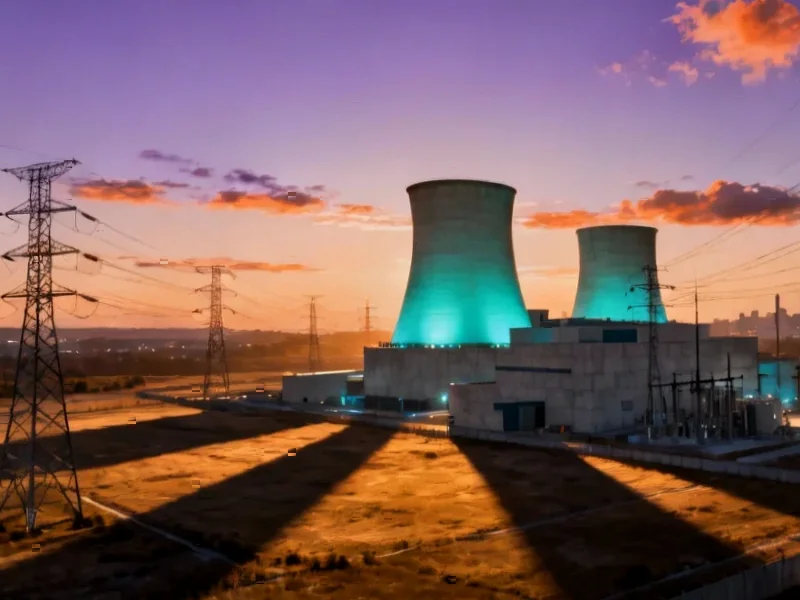According to Semiconductor Today, Wolfspeed reported fiscal Q1 2026 revenue of $196.8 million, essentially flat quarter-over-quarter and up just 1% from $194.7 million a year ago. The company significantly reduced its net loss to $85.2 million ($0.55 per share) from $119.8 million last quarter, while slashing capital expenditure to $103.9 million from $211.6 million in the previous quarter. Following its Chapter 11 filing on June 30 and emergence on September 29, Wolfspeed now projects Q2 revenue will decline to $150-190 million due to customer inventory building and second-sourcing during the bankruptcy process. The company’s cash position fell to $926 million from $955.4 million last quarter, but management claims this provides sufficient financial flexibility for its self-funded business plan.
The Silicon Carbide Technology Imperative
Wolfspeed’s strategic positioning in the silicon carbide market represents both its greatest opportunity and most significant challenge. Silicon carbide semiconductors offer substantial advantages over traditional silicon in high-power, high-frequency, and high-temperature applications. The material’s wider bandgap enables devices to operate at voltages up to ten times higher than silicon equivalents while maintaining efficiency. This makes SiC particularly valuable in electric vehicle power systems, renewable energy infrastructure, and industrial motor drives where energy conversion efficiency directly impacts system performance and operating costs. The transition to 200mm wafer manufacturing at the Mohawk Valley Fab represents a critical scaling milestone that should eventually drive down production costs, though the current $47 million under-utilization costs at their Siler City facility highlight the challenges of ramping advanced semiconductor manufacturing.
Manufacturing Scale and Yield Hurdles
The technical complexity of silicon carbide manufacturing cannot be overstated. Unlike silicon wafers that benefit from decades of process refinement, SiC crystal growth remains exceptionally challenging due to the material’s extreme hardness and high melting point. Defect density in SiC substrates historically runs orders of magnitude higher than in silicon, directly impacting device yields and reliability. Wolfspeed’s commercial launch of 200mm silicon carbide wafers represents a significant technical achievement, but the road to volume production with acceptable yields remains steep. The company’s negative gross margin of -26% reflects both the capital intensity of new fab operations and the technical difficulties in achieving manufacturing efficiency with emerging semiconductor materials.
Competitive Pressures in Power Semiconductors
Wolfspeed faces intensifying competition from both established semiconductor giants and specialized competitors. Companies like STMicroelectronics, Infineon, and ON Semiconductor have made substantial investments in SiC capacity, while Chinese manufacturers are rapidly advancing their capabilities with significant government support. The projected Q2 revenue decline to $150-190 million partially reflects customers pursuing second-source suppliers during Wolfspeed’s bankruptcy proceedings—a strategic move by electronics manufacturers to mitigate supply chain risk. This highlights the fragile nature of customer relationships in the semiconductor industry, where reliability of supply often outweighs technical advantages, particularly for automotive and industrial customers building multi-year product cycles.
Post-Bankruptcy Financial Reality
The Chapter 11 process provided Wolfspeed with necessary financial breathing room, but the underlying business model challenges remain. The company’s improved free cash flow of -$99.6 million represents meaningful progress from the -$454 million outflow last quarter, yet sustained negative cash flow cannot continue indefinitely. The reduced capital expenditure of $103.9 million reflects necessary austerity, but may also slow critical investments needed to maintain technological leadership. Semiconductor manufacturing requires continuous capital investment to advance process technology and maintain competitive cost structures—Wolfspeed’s challenge will be balancing fiscal discipline with the substantial R&D and capital investments required to compete in the rapidly evolving power semiconductor market.
Strategic Application Focus and Market Timing
CEO Robert Feurle’s mention of targeting AI data centers, aerospace, and energy storage represents a pragmatic shift toward applications where SiC’s technical advantages command premium pricing. AI data centers particularly represent a promising growth vector, where SiC power devices can improve power conversion efficiency in server power supplies and rack-level power distribution. However, these markets remain relatively specialized compared to the volume automotive opportunity that initially drove SiC market projections. The company’s success will depend on executing this focused strategy while navigating the “ongoing softness in the market” that management expects to continue through fiscal 2026. Wolfspeed’s ability to capitalize on its 200mm manufacturing leadership will ultimately determine whether it can achieve sustainable profitability in an increasingly competitive landscape.




